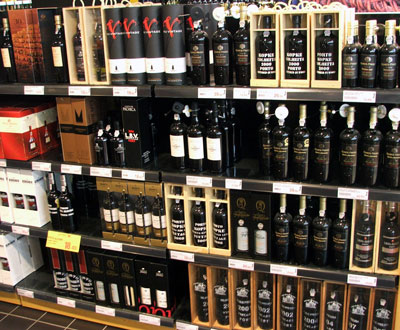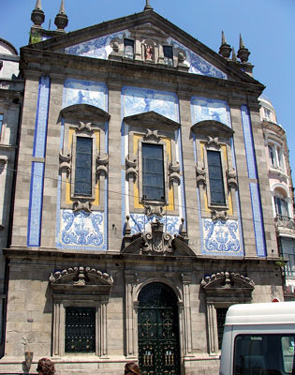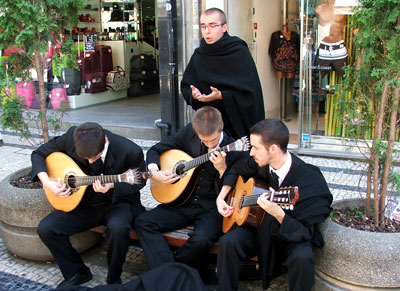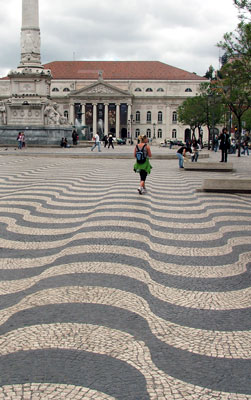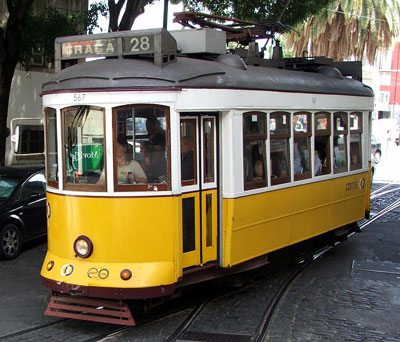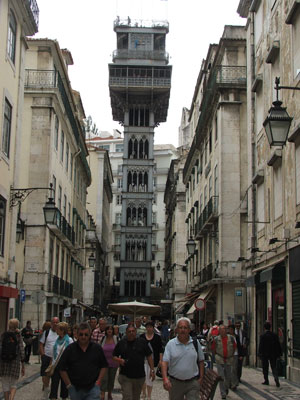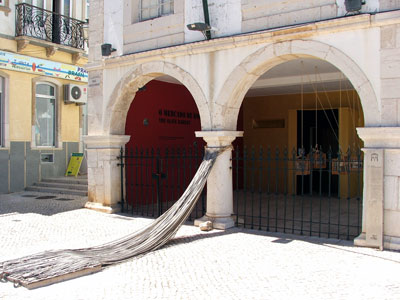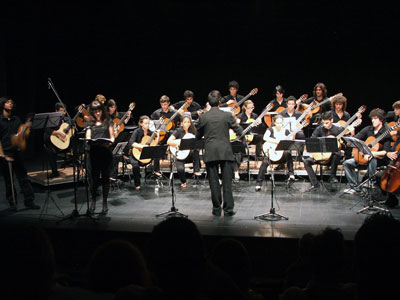 |
 |
 |
As the third son of King John I, Prince Henry the Navigator could have wasted his life royally if he'd wanted to do so. Instead, he explored the coast of Africa, designed the speedy-for-its-time sailing vessel called the caravel, and launched Portugal's Age of Discovery, which created rock stars (because they explored rocks) such as Vasco da Gama, the first explorer to sail directly from Europe to India. So we set out to do some coastal exploring of our own.

